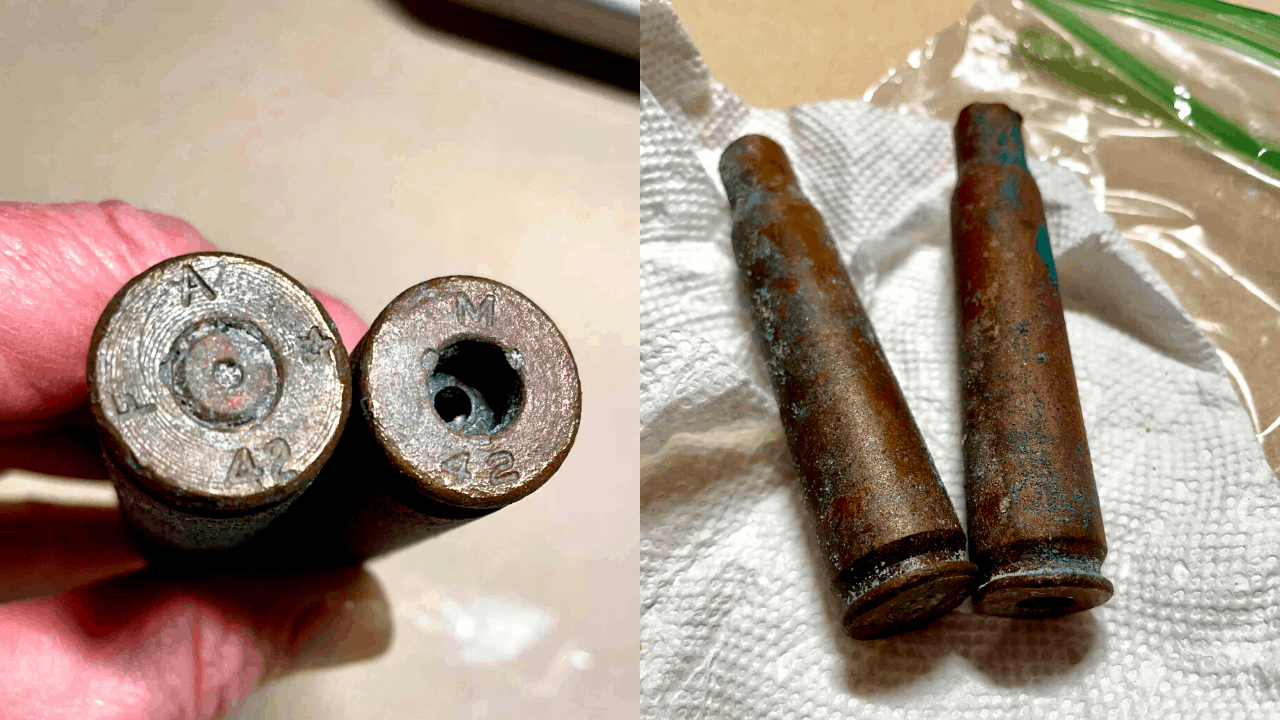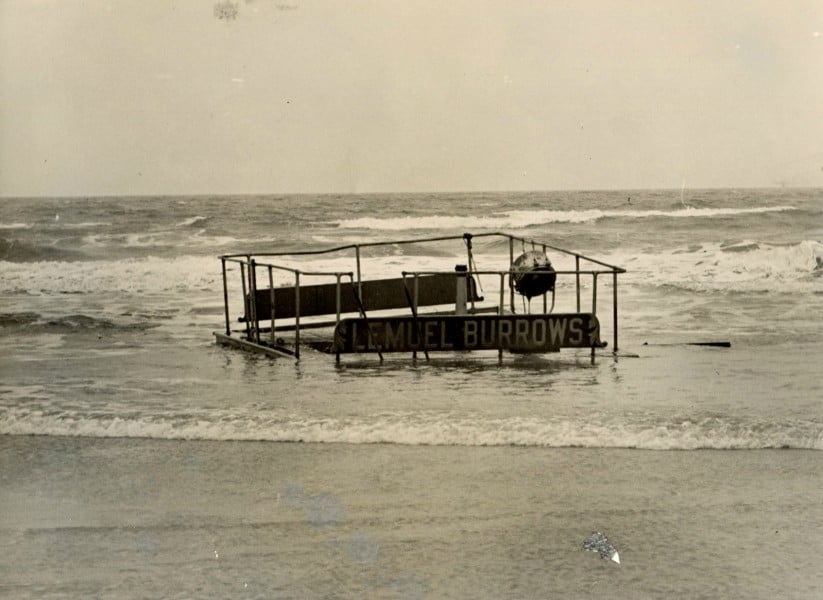WWII Casings Found On Sea Isle City Beach
For those who love to take your metal detector on vacation for you in search of treasure, one local women found history in Sea Isle.

WWII Casings Found On Sea Isle City Beach
As you know, the winter and spring storms are very rough on our beaches. The constant flux of the shifting sand causes things to rise up from the depths of the sea and land on our beaches.
While metal detecting near 33rd street, Joye F got a big buzz on her metal detector. She starting digging down and located just 12 inches down in the water she felt two metal cylinders.
After picking them up she was able to identify them as casings from World War 2.
For those who don’t know, a casing is the larger piece of ammunition that is loaded into the chamber to be shot. It’s the part that holds the gun powder.
The main question is how did they get here. We would have to go back to the 1940s for that.
During World War II the Eastern Coastline was consistently under attack from Nazi submarines called U-Boats.
These U-Boats would sink anything and everything insight off our coast thinking that it would slow the US in the war and put fear into Americas.
In Wildwood and it’s surrounding sister cities there were tons of precautions in place to help protect the towns.
While we go into much detail in our article “Wildwood During World War II,” in short there were black-out drills, Harbor Defense towers built and mines in the mouth of the Delaware Bay.
The U-boats would do most of their hunting at night in which residents all over the coast could hear explosions and wake to find pieces of ships on the beach.

Lemuel Burrows Ship Pieces
